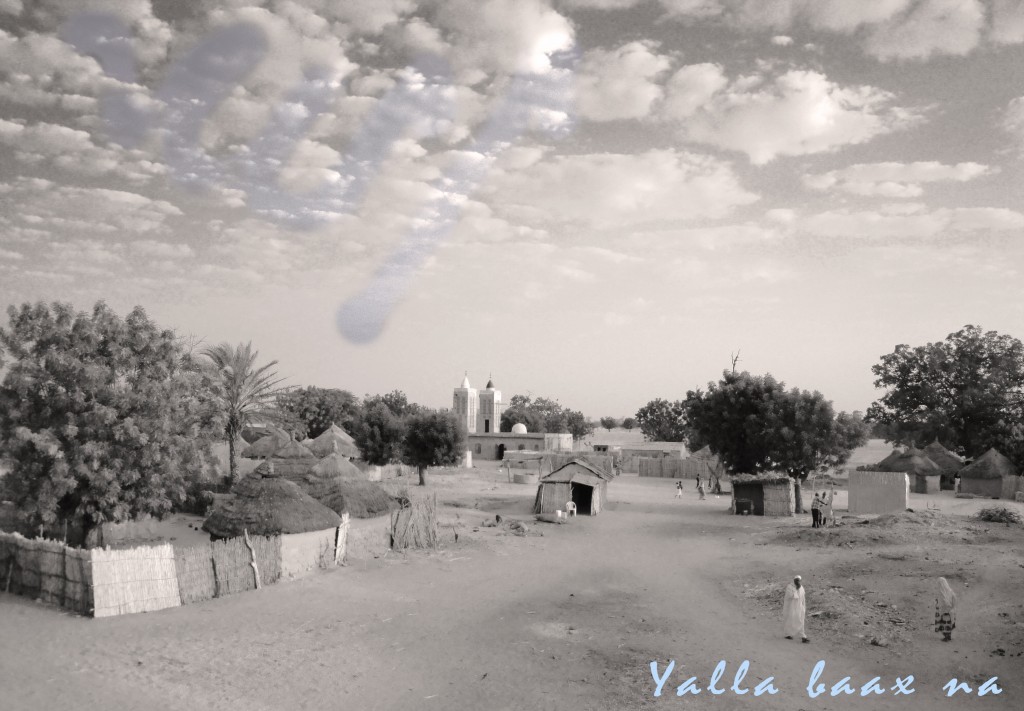ا
Daybreak
Week 2: Divine Script
In Islam, the Holy Qur’an is Kalam Allah, “God’s Word.” In the time of the Prophet Muhammad the Qur’an existed as an oral text, understood aurally, and hearing the verses of the Qur’an recited aloud continues to be an essential element of the Islamic experience. Some Muslims even believe Qur’anic verses inscribed in amulets or washed and imbibed have curative properties (Osman El-Tom, p. 415). Many Muslims have a deeply personal relationship with the Qur’an, and according to one author:
The inspiration and interpretations we draw from the Qur’an constantly return us to the Divine source to think and reflect and be prepared to do things differently, to change and be changed, to remain consistent to the meaning of the eternal message of the Qur’an. (Sardar, p. 29)
In many Islamic traditions calligraphy, the visualization of the sacred Arabic of the Qur’an itself has become its own form of communion with the divine. This piece fuses such visualizations with the reflective inspirations of the Qur’an.
Daybreak (medium: altered digital photograph) presents a remote village mosque in Daga Youndoum Bambara, intended to be printed as a decorative poster for display in a Senegalese home. “Yalla baax na” means “God is great” in Wolof, one of the most widely spoken languages in Senegal. In the upper left-hand corner of the image, the word “Allah” appears as sky and clouds. The confluence of both Wolof and Arabic in the image situates the centrality of Arabic even within local Islamic contexts.
The appearance of “Allah” in the sky can allude to a number of sacred verses, including Ayatul Kursi (The Throne Verse, Qur’an 2:255), one of the most famous sections of the Qur’an, which declares that God’s “knowledge extends over the heavens and the earth.” However, the title of the piece, Daybreak, hints that the imagery alludes most directly to Sura 113, in which believers “take refuge in the lord of the daybreak” (trans. Sells, p. 138). The calligraphic representation of “Allah” stands out, yet through understated colors, implying that although humans may forget God’s presence through their inherent ingratitude (Asani, Lecture 1/30), God is present nonetheless. Indeed, in Senegalese culture, “Yalla baax na” is an oft-uttered phrase in fortuitous and unpromising situations alike, a personal oral reminder of God’s presence. Intended to manifest primarily as a poster, Daybreak brings remembrance to the home’s visual aesthetic, urging believers to find shelter from evil in their faith throughout the day.
The calligraphic representation of “Allah” embedded in the natural world is also significant in this piece. In the Qur’an, God is scribe; in one version of the creation story, God first created the pen, the instrument of knowledge. Furthermore, the act of writing itself, because of its connection to a divine world, comes to be seen in some Islamic traditions as an act of devotion (Asani, Lecture 2/6), the physical/visual analog to recitation and listening. In Daybreak, the calligraphy in the sky not only posits the world below as God’s writing, but symbolically embodies its own meta-meaning as a portal of devotion. In this way, the piece attempts to
simultaneously serve both the meaning of the actual statement and the composition of images, of letters that are recreated as image. The actual meaning of the statement here becomes secondary, so that the imagined reader is like a dreamer awakened, whose vision is woven within a context of art. (Khatibi and Sijelmassi, p. 7)
The calligraphic representation of “Allah” should awaken the viewer to a spiritual daybreak throughout the mundane trials of the domestic routine.
